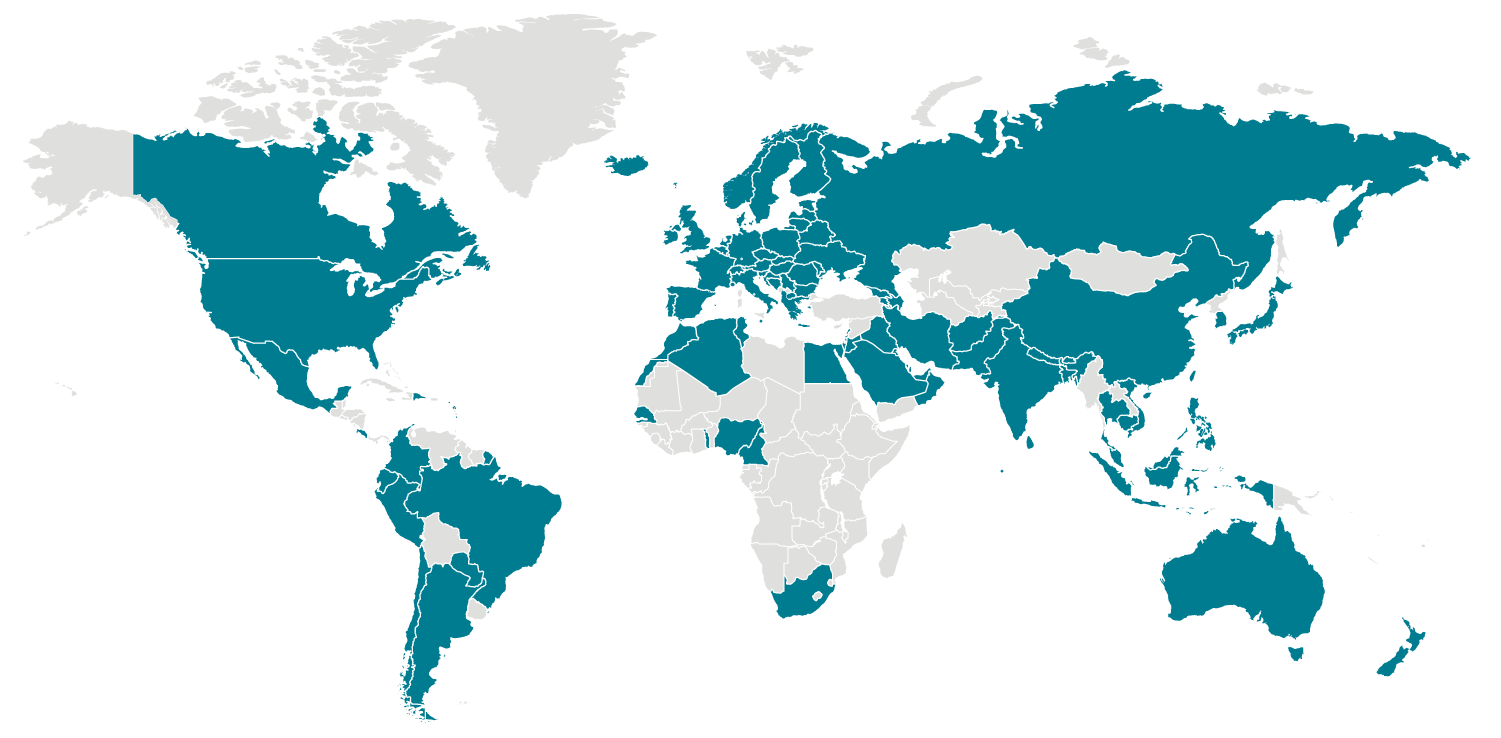As the facts and situation around Covid-19 (Coronavirus) continue to evolve, with the number of new cases growing daily, most of our clients have already communicated at least once to employees, customers and partners. However, communications needs are ongoing and diverse.
Some additional thoughts to build on our previous post (also full of useful tips) on the topic of communicating in a time of Coronavirus:
Update policies regularly and communicate accordingly. As new facts become available, companies are considering a broader array of policy changes designed to keep employees and customers healthy, as well as limit business interruption risk. These policies (and your process for making them) should be communicated in a consistent, timely manner. Some areas where we have seen clients provide updates:
- Modifications to travel policies
- Changes to meeting and events policies; this includes policies for ordering and sharing food
- Information about how you will manage upcoming major events (for example, letting event attendees know that if cancellation happens or a switch to a webinar format occurs, you will communicate it 48-hours in advance and provide refunds)
- Updates to sick leave policy (Trader Joe’s, for example, recently extended sick leave benefits to all associates)
- Updates to policies around who should work from home; we are increasingly seeing that not only are companies asking sick employees to stay at home, they are requesting that asymptomatic individuals who may have had contact with a presumptive case (one where initial test results are positive, awaiting confirmation by the CDC) of Covid-19 stay home
Remind people what you can’t talk about: Sharing private health information or information about the travel patterns of your employees violates a number of federal regulations (and likely your internal privacy policies). You can let employees know if they may have been exposed in some way to a presumptive case of Covid-19 and provide context around that case without sharing personal health information of an employee. And be sure that both your internal and external audiences know that all official information about the virus and its spread is coming from the Department of Public Health (or other relevant agency).
Plan for media attention: If you are a consumer facing company and an experience an interruption to your business because of sick employees or a need to sanitize a facility due to potential exposure, you will receive media interest. If you are an event company and media believe you may be seeing a drop off in business, you will receive media interest. If you are an essential retail provider (think grocer, pharmacy, gas station), that must take remain operating even if as Cornavirus becomes more widespread, you will receive media interest.
Consider how you will:
- Communicate with the media (statement, spokesperson or defer to public health officials)
- What you will say directly to your employees and customers (particularly if there is confusion based on media reports)
- How you will provide updates when media interest has passed, but your situation has changed
- Whether and when you will use your social channels to share information directly to consumers if there is media misinformation
Share information about your contingency planning. Though many companies typically plan for crisis behind closed doors, Covid-19 is the topic on everyone’s mind. While you need not share all of the details of your planning process and possible steps, it will help employees and customers/business partners to know that you are:
- Carefully monitoring CDC, state Department of Public Health, WHO and other trusted sources for information
- Consulting with your own experts if necessary
- Assuring that IT systems and other technologies are in place to support a robust process of tele-meeting with clients, working from home and continuing operations
- Considering alternative business models to allow work to continue uninterrupted while maintaining the health of your team members
Make sure employees feel confident making personal health decisions: While most reports indicate that Covid-19 does not create a major risk for healthy individuals, you are likely not aware of all of the details of a colleague’s health risks or personal life. Perhaps a colleague has an immune-disorder they have not disclosed, shares a home with an elderly relative or is the sole caretaker for an individual at risk. Let employees know that regardless of corporate policies around meetings, travel or sick time, you want them to raise any concerns they have and can work through them on an one-on-one basis.
Create communications channels: This piece of advice from our first post bears repeating. As evidenced around the world, this is a fast-moving situation and changes in information can happen in a matter of hours. Establish communications channels for all of your important audiences, make sure those audiences know that these are the preferred methods for sharing information and keep them up to date. We like having separate channels for employee and customer information, since their needs and concerns are likely to be different. We’re also encouraging clients to monitor social media channels even more closely than normal to assure that rumor doesn’t take over and that facts remain primary.
Finally, be aware that this is not only the biggest news story in the world, it is likely a source of serious and legitimate concern among the audiences most important to your organization. Be relentless in your focus on communicating in a way that is both factual and compassionate.

